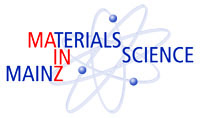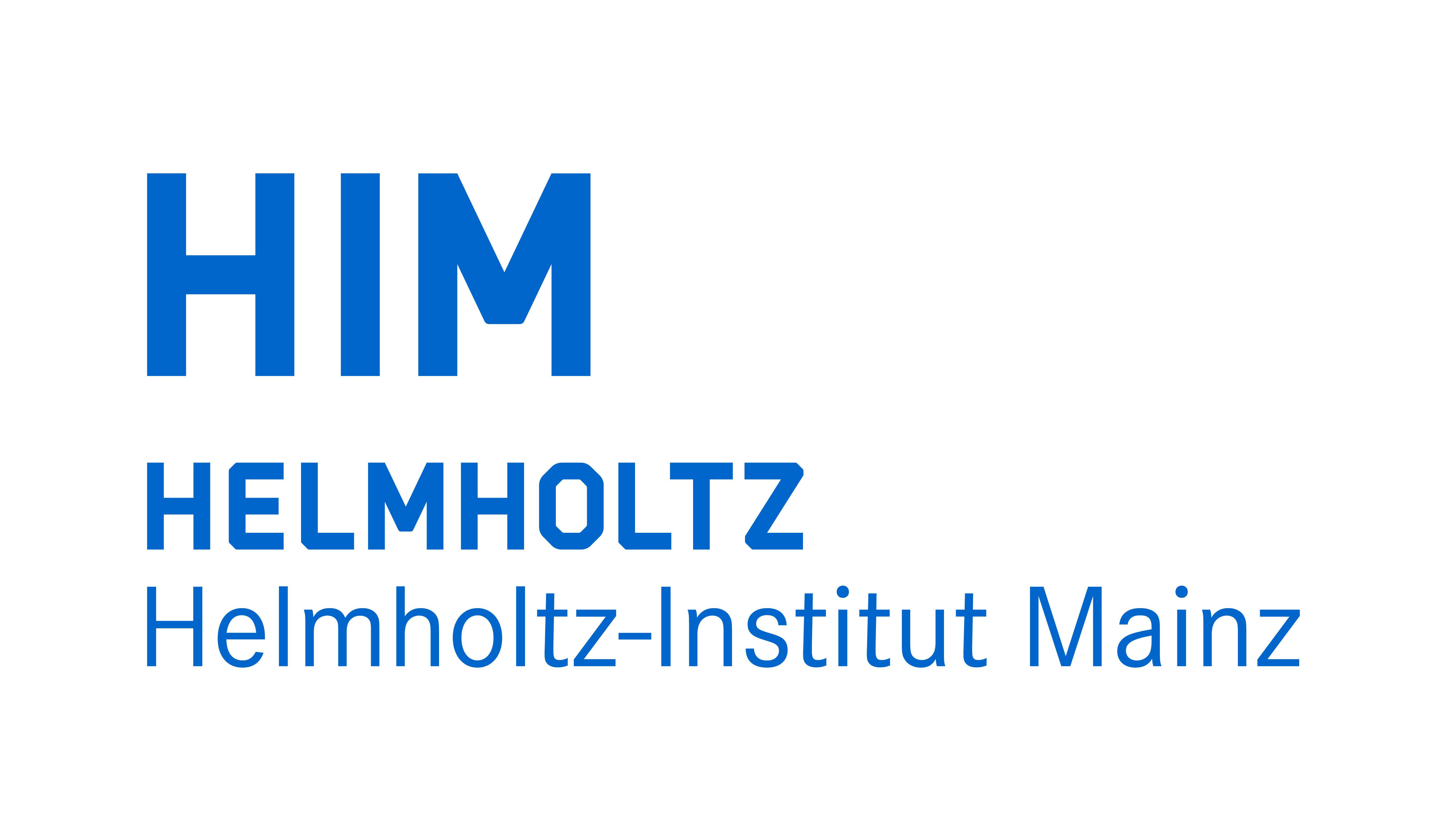


Physikalisches Kolloquium
Nov. 9, 2021 at
4:15 p.m. c.t.
in
Hörsaal CO2 Chemie - Nord-Ost (2321) Duesbergweg 10 - 14
Prof. Dr. Friederike Schmid
Institut für Physik
friederike.schmid@uni-mainz.de
Prof. Dr. Hartmut Wittig
Institut für Kernphysik
hartmut.wittig@uni-mainz.de
Transportable antiproton traps & sympathetic cooling of single trapped protons
Christian Smorra (University of Mainz)
Precision tests of CPT invariance – one of the fundamental symmetries in the Standard Model – include high-precision comparisons of the charge-to-mass ratios and the magnetic moments of the proton and antiproton. The ERC project STEP aims to improve these measurements by developing transportable antiproton traps to eliminate the limitations imposed by the magnetic field fluctuations of the antiproton decelerator of CERN. Further, we target the development of more precise spectroscopy methods for the antiproton charge-to-mass ratio and the magnetic moment. To this end, we have developed a sympathetic cooling method based on coupled harmonic oscillators that allows to couple a single proton to a cloud of laser-cooled beryllium ions. Recently, we succeeded in cooling the proton to 15% of the environment temperature using an LC circuit to enhance the coupling strength to the beryllium ions [1]. The cooling method is applicable to a broad range of trapped particles independent of the charge, and can be applied also to antiprotons, highly-charged or molecular ions. We further discuss the prospects of decreasing the temperature down to the 10 mK level in presence of the heating from the LC circuit and frequency uncertainties and drifts. A further decrease in temperature would greatly reduce the uncertainty of proton/antiproton magnetic moment measurements, and improve tests of CPT invariance in the baryon sector, and searches for dark matter particles, such as axions [2, 3] or millicharged particles [4].
[1] M. Bohman et al., Nature 596, pages 514–518 (2021).
[2] C. Smorra et al., Nature 575, pages 310–314 (2019).
[3] J. A. Devlin et al., Phys. Rev. Lett. 126, 041301 (2021).
[4] D. Budker et al., arXiv:2108.05283 [hep-ph] (2021).
Attachment